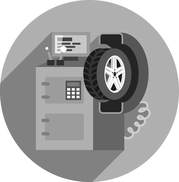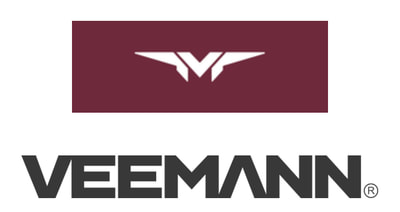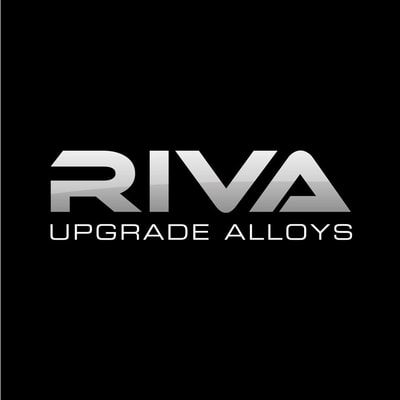Since our company was established our main aims were not only to offer our customers all the types of tyres and wheels in the market at the best possible prices but to also offer them the best possible service there is. This is why through the years it has always been our effort to purchase top of the range equipment with European standards and certifications in order to to offer our customers a wide range of services for their tyres and wheels using the best possible practice.
ALLOY WHEEL REFURBISHMENTS AND REPAIRS
|
Using the latest range of automatic lathe unit, welding and sand-blasting equipment we carry out any type of alloy wheel repairs from 10'' to 26''. We offer customers alloy wheel refurbishments. The wheel refurbishment process involves removing the wheels from your car so that the tyres are deflated and removed in order to better access the wheel. The repair can be done in a SMART way (partial local repair) or a full wheel refurbishment. |
|
Alloy Wheel Straightening
|
Wheel damage can lead to vibration or shaking of the steering wheel, excessing tyre wear or tyres which don’t seem to be lasting very long after purchase. Out of shape wheels will not only destroy your tyres but the vibrations can cause serious damage to both the steering and suspension components of your vehicle. They may even not hold air or lose air rapidly. All of these situations imply that your wheel needs straightening.
We have invested in hydraulically assisted wheel straightening equipment. This equipment, along with the experience and skill of our technicians enables us to straighten and repair damaged wheels. Hydraulic assistance is a process which involves a combination of heating the wheel and then using hydraulic rams to press out any bends in the heated metal. The wheel is first placed on a rack within the wheel straightening rig which centres the wheel. The wheel shape is then measured with a dial gauge to identify the location of any deformed sections. The operator then uses their skill to determine the correct balance of heat and pressure required to transform the wheel back to its correct shape. |
|
ALLOY WHEEL WELDING
|
When there is some significant damage to the wheel we tend to perform a weld repair. The objective is to create a strong repair without softening the alloy itself.
Situations where a wheel weld is appropriate include:
|
|
The process involves cutting and shaping the affected area to received the weld. It will then be welded inside and out using welding equipment which minimises the amount of heat transferred into the alloy but maximising the strength of the weld without softening the alloy.
The wheel will then be passed to a lathe operative so that the welded area can be machined back to create a seamless finish. The welded areas will then be sanded and smoothed off by hand to complete the job.
Any welds to cracks on the rear of the rim are ground out and filled with weld from both sides for maximum strength. This is NOT ground flat, this is to ensure the strength is kept on the weaker side of the wheel.
The wheel will then be passed to a lathe operative so that the welded area can be machined back to create a seamless finish. The welded areas will then be sanded and smoothed off by hand to complete the job.
Any welds to cracks on the rear of the rim are ground out and filled with weld from both sides for maximum strength. This is NOT ground flat, this is to ensure the strength is kept on the weaker side of the wheel.













